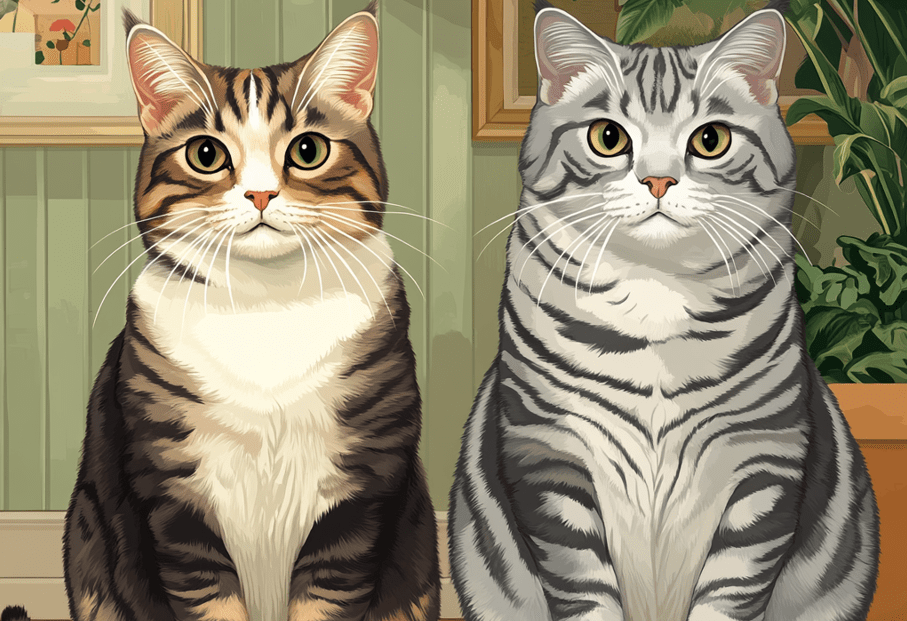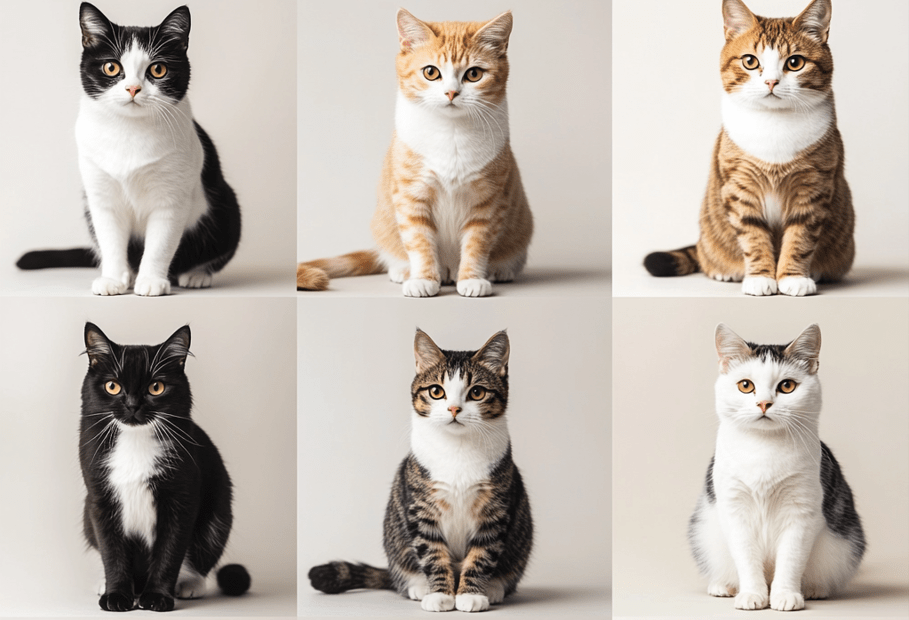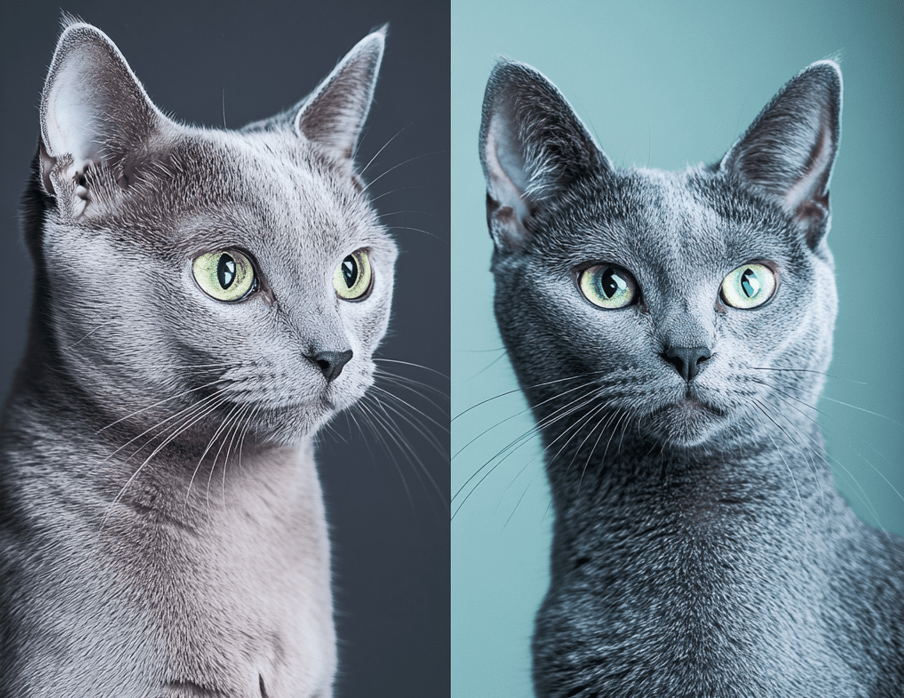
If you share your home with a Domestic Shorthair cat, you’re likely familiar with their charming quirks and lively personalities. Known for their short, dense coats and diverse coat patterns, Domestic Shorthairs are beloved companions in countless households. However, one behavior that can puzzle and sometimes frustrate owners is their excessive meowing. Whether it’s a persistent yowl at dawn or constant vocalizing throughout the day, a Domestic Shorthair’s vocal habits can leave you wondering what’s going on. Why does your cat meow so much, and how can you address it? This comprehensive guide explores the causes of excessive meowing in Domestic Shorthair cats and provides practical, effective solutions to restore peace while keeping your feline friend happy.
Excessive meowing is more than just noise—it’s your cat’s way of communicating. By understanding the reasons behind this behavior and responding thoughtfully, you can strengthen your bond with your Domestic Shorthair and create a harmonious home. Let’s dive into the root causes, solutions, and strategies to manage your cat’s vocal tendencies.
Why Does My Domestic Shorthair Meow Excessively?
Meowing is a natural form of communication for Domestic Shorthair cats, primarily directed at humans rather than other cats. While some meowing is normal, excessive vocalization often signals an underlying need or issue. To address it effectively, you must first identify why your cat feels compelled to meow so much. Here are the most common reasons:
1. Seeking Attention
Domestic Shorthairs are social creatures who thrive on interaction. If your cat feels ignored or craves attention, they may meow persistently to get you to engage. This is especially common in cats left alone for long periods or those accustomed to frequent playtime or affection.
2. Hunger or Thirst
A hungry or thirsty Domestic Shorthair may vocalize to alert you that their food or water bowl is empty. This can happen if their feeding schedule is inconsistent, their diet isn’t satisfying, or they’re simply hoping for a treat.
3. Stress or Anxiety
Changes in your Domestic Shorthair’s environment—such as moving homes, new pets, or rearranged furniture—can trigger stress or anxiety, leading to excessive meowing. Cats may also vocalize when feeling insecure or unsettled, using their voice to express discomfort.
4. Medical Issues
Health problems can cause a Domestic Shorthair to meow more than usual. Pain, discomfort, or illness—such as dental issues, urinary tract infections, or hyperthyroidism—may prompt vocalization as a way to signal distress. This is particularly common in older cats.
5. Boredom or Lack of Stimulation
Domestic Shorthairs are intelligent and curious, requiring mental and physical stimulation. If they’re bored or understimulated, they may meow excessively to entertain themselves or demand activity. Indoor cats are especially prone to this if their environment lacks enrichment.
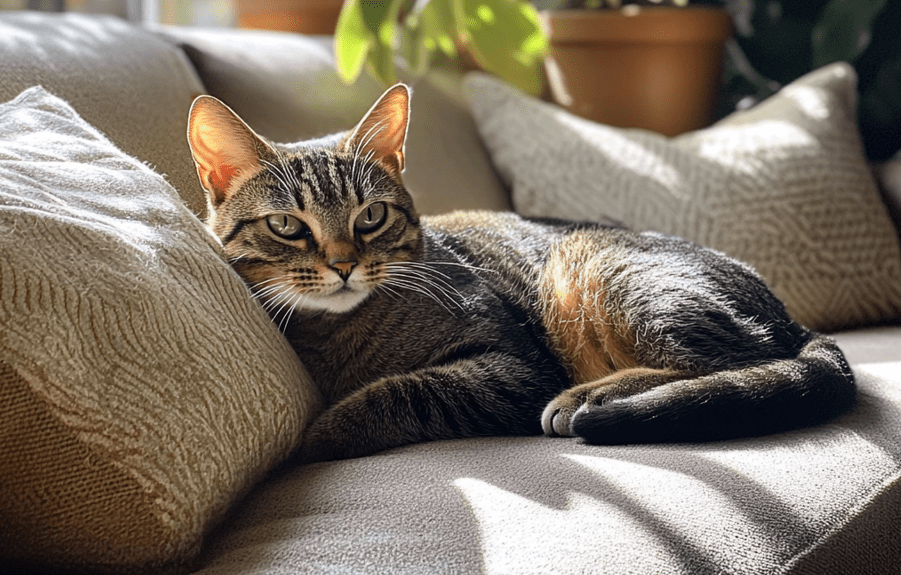
6. Hormonal Influences
Unspayed or unneutered Domestic Shorthairs often meow loudly during mating season, as hormonal urges drive them to call for mates. Female cats in heat or males responding to nearby females may yowl persistently, a behavior that can be intense and disruptive.
7. Age-Related Cognitive Changes
Senior Domestic Shorthairs may meow more due to cognitive dysfunction, similar to dementia in humans. Confusion, disorientation, or memory issues can lead to vocalizing, especially at night, as they seek comfort or express uncertainty.
8. Habit or Learned Behavior
Sometimes, excessive meowing becomes a habit. If your Domestic Shorthair learns that meowing gets them what they want—food, attention, or a door opened—they’ll repeat the behavior. This is a common issue when owners unintentionally reinforce vocalizing.
How to Address Your Domestic Shorthair’s Excessive Meowing
Once you’ve identified the potential cause of your Domestic Shorthair’s excessive meowing, you can take targeted steps to address it. The goal isn’t to silence your cat completely—meowing is a natural part of their communication—but to reduce excessive vocalization and ensure their needs are met. Here’s a step-by-step plan to help.
Step 1: Rule Out Medical Issues
Since health problems can drive excessive meowing, start by scheduling a veterinary visit, especially if the behavior is sudden, intense, or accompanied by other symptoms like lethargy, weight loss, or litter box issues. Your vet may:
1.Perform a physical exam to check for pain or discomfort.
2.Run blood tests to screen for conditions like hyperthyroidism or kidney disease.
3.Examine teeth and gums for dental issues, common in Domestic Shorthairs.
If a medical issue is identified, treating it often reduces or eliminates excessive meowing. For example, pain management for arthritis or antibiotics for an infection can make a significant difference.
Step 2: Ensure Basic Needs Are Met
Check that your Domestic Shorthair’s basic needs—food, water, and a clean litter box—are consistently met to rule out simple causes of meowing.
Feeding Schedule: Stick to a regular feeding routine with high-quality, nutritionally balanced food. Avoid giving in to meows for extra treats, as this can reinforce begging.
Fresh Water: Ensure water is always available and clean. Some cats prefer running water, so consider a pet fountain to encourage drinking.
Litter Box Maintenance: A dirty or inaccessible litter box can cause stress and vocalizing. Scoop daily and provide one litter box per cat, plus one extra, in quiet, private locations.
Step 3: Provide Enrichment to Combat Boredom
A stimulated Domestic Shorthair is less likely to meow out of boredom. Enrich their environment with these ideas:
Interactive Toys: Offer toys like feather wands, laser pointers, or treat-dispensing puzzles to engage their hunting instincts.
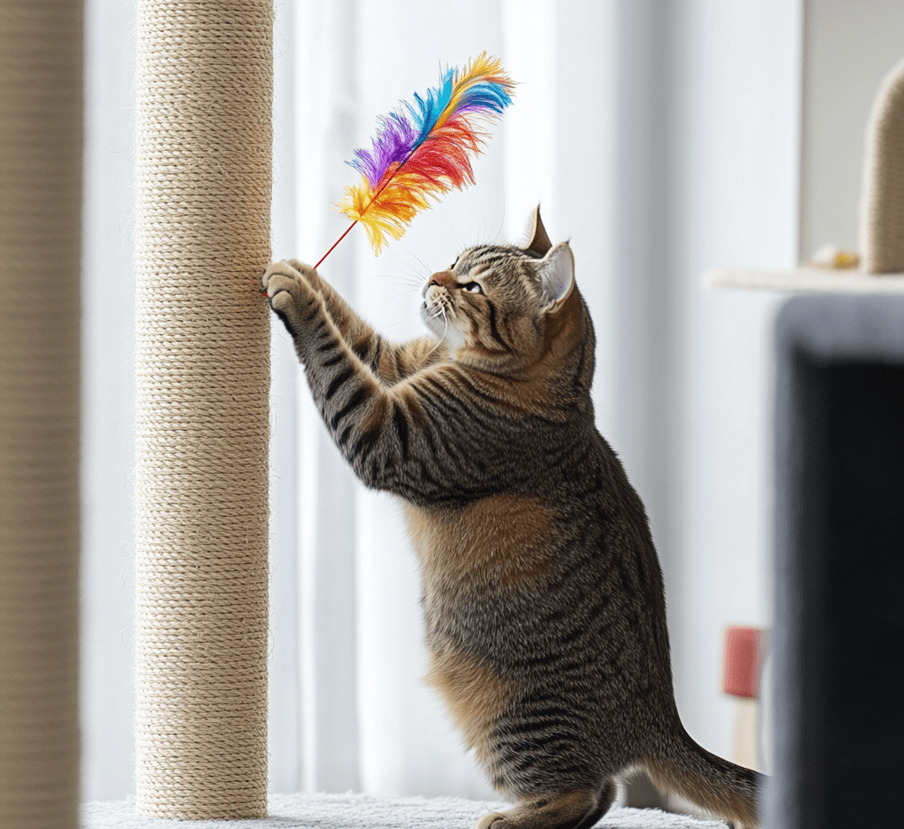
Climbing Structures: Install cat trees or shelves for climbing and perching, satisfying their need for vertical space.
Window Perches: Set up a spot near a window for bird-watching, which provides mental stimulation.
Daily Playtime: Spend 15-20 minutes daily playing with your cat to burn energy and strengthen your bond.
Rotate toys regularly to keep things fresh and consider automated toys for when you’re away.
Step 4: Address Attention-Seeking Meowing
If your Domestic Shorthair meows for attention, you can redirect this behavior without reinforcing it:
Ignore Unwanted Meowing: Avoid responding to excessive vocalizing, as reacting (even negatively) can encourage it. Wait for a moment of silence before offering attention or rewards.
Reward Quiet Behavior: Praise or treat your cat when they’re calm and quiet to reinforce positive habits.
Schedule Interaction: Set aside dedicated time for cuddles, grooming, or play to meet their social needs, reducing their urge to demand attention.
Be patient, as breaking the cycle of attention-seeking meowing takes consistency.
Step 5: Reduce Stress and Anxiety
If stress or anxiety is driving your Domestic Shorthair’s meowing, create a calming environment:
Safe Spaces: Provide hiding spots like cat tunnels, boxes, or high perches where your cat can retreat when overwhelmed.
Pheromone Diffusers: Use products like Feliway, which mimic calming feline pheromones, to reduce anxiety.
Stable Routine: Maintain a consistent schedule for feeding, play, and sleep to give your cat a sense of security.
Gradual Introductions: If introducing new pets or people, do so slowly to minimize stress.
If environmental changes are unavoidable, give your cat extra attention and monitor their behavior for signs of distress.
Step 6: Consider Spaying or Neutering
If your Domestic Shorthair isn’t spayed or neutered, their meowing may be hormonally driven, especially during mating season. Spaying or neutering can significantly reduce yowling and other behaviors linked to hormones, such as restlessness or marking. It also offers health benefits, like lowering the risk of certain cancers. Consult your veterinarian to discuss the best timing for this procedure.
Step 7: Support Senior Cats
For older Domestic Shorthairs, excessive meowing may stem from cognitive dysfunction or age-related discomfort. To help:
Veterinary Care: Regular checkups can catch and manage age-related conditions like arthritis or vision loss.
Comfortable Environment: Provide soft bedding, easy access to litter boxes, and warm spots to rest.
Nighttime Reassurance: If nighttime meowing is an issue, leave a low light on or play soft music to soothe confusion.
Supplements or Medications: Your vet may recommend supplements for cognitive health or medications for anxiety in senior cats.
Patience and extra care go a long way in supporting aging cats.
Step 8: Break Learned Habits
If your Domestic Shorthair has learned that meowing gets results, you’ll need to retrain them:
Avoid Reinforcement: Don’t give in to meows for food, doors opened, or attention. Wait for silence before responding.
Consistent Boundaries: Ensure all household members follow the same rules to avoid confusing your cat.
Alternative Communication: Encourage other ways for your cat to signal needs, like sitting by their bowl for food or using a bell for playtime.
This process requires time and consistency but can significantly reduce habitual meowing.
Common Mistakes to Avoid
When addressing excessive meowing, Domestic Shorthair owners often make mistakes that can worsen the problem. Here’s what to steer clear of:
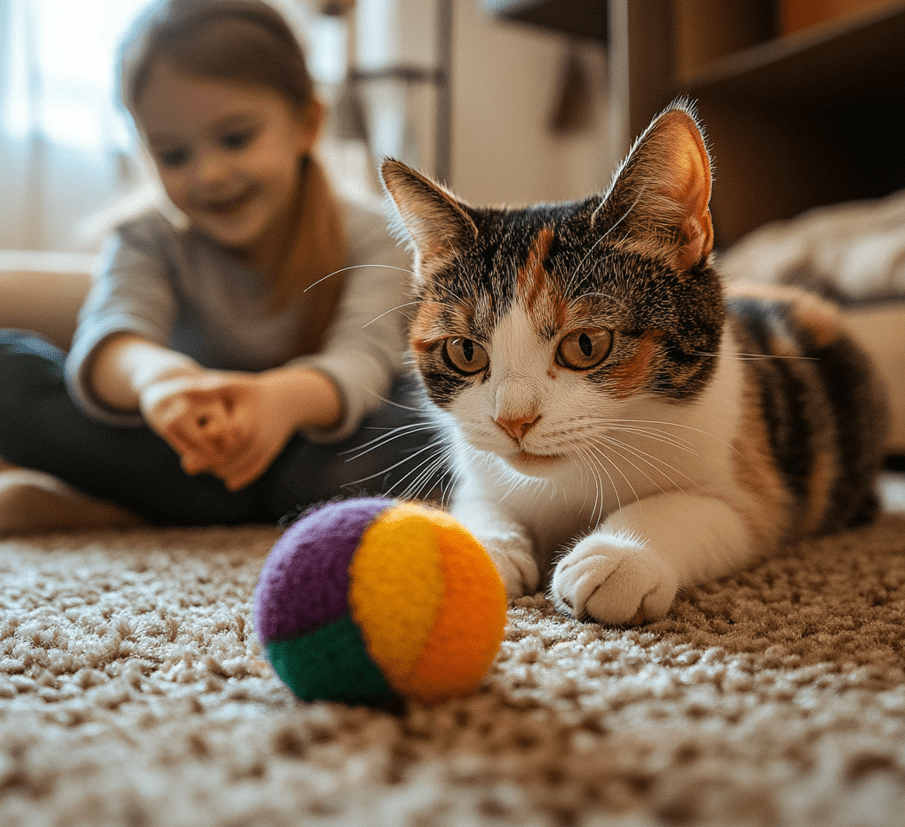
Punishing Meowing: Yelling or spraying water can stress your cat, leading to more vocalizing or other behavioral issues. Focus on understanding and addressing the cause instead.
Ignoring Medical Issues: Assuming meowing is purely behavioral without a vet check can delay treatment for serious health problems.
Inconsistent Responses: Giving in to meowing sometimes but not others confuses your cat and reinforces the behavior.
Neglecting Enrichment: A bored cat will find ways to entertain themselves, often through vocalizing. Ensure their environment is engaging.
When to Seek Professional Help
Most cases of excessive meowing can be managed with the strategies above, but persistent or severe vocalizing may require professional intervention. Consider these steps:
Veterinarian: A thorough exam can identify or rule out medical causes, from infections to chronic conditions.
Feline Behaviorist: A certified cat behaviorist can assess your Domestic Shorthair’s environment and habits, offering tailored solutions for complex issues.
Trainer: Some trainers specialize in feline behavior, using positive reinforcement to modify vocalization patterns.
If meowing is accompanied by aggression, lethargy, or appetite changes, seek help promptly to ensure your cat’s well-being.
Creating a Harmonious Home for Your Domestic Shorthair
Reducing excessive meowing is about more than quieting your cat—it’s about meeting their physical, emotional, and social needs. Here are additional tips to foster a happy, balanced Domestic Shorthair:
Cat-Friendly Spaces: Designate areas with toys, scratching posts, and cozy beds where your cat feels secure.
Regular Health Checks: Annual vet visits catch issues early, preventing behavior changes tied to discomfort.
Bonding Time: Strengthen your relationship through grooming, play, or quiet moments together.
Observe Patterns: Keep a log of when and why your cat meows to identify triggers and measure progress.
By prioritizing your Domestic Shorthair’s well-being, you’ll minimize unwanted behaviors and deepen your connection.
Conclusion: A Quieter, Happier Domestic Shorthair
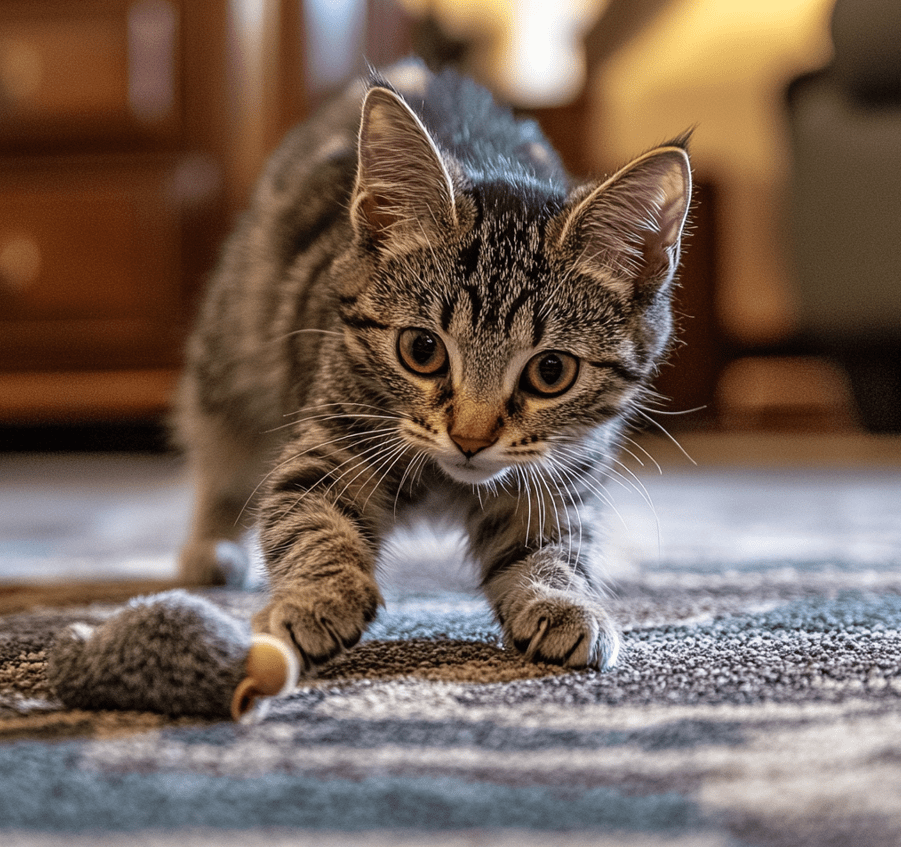
Excessive meowing from your Domestic Shorthair can be challenging, but it’s a solvable issue with the right approach. By identifying the cause—whether it’s attention-seeking, hunger, stress, health issues, boredom, hormones, aging, or learned habits—you can take targeted steps to address it. From veterinary care and environmental enrichment to consistent training and stress reduction, these strategies empower you to meet your cat’s needs while restoring peace to your home.
With patience, observation, and love, you can help your Domestic Shorthair communicate more effectively and feel content. Start implementing these solutions today, and you’ll soon enjoy a stronger bond with your feline friend in a calmer, happier household.

